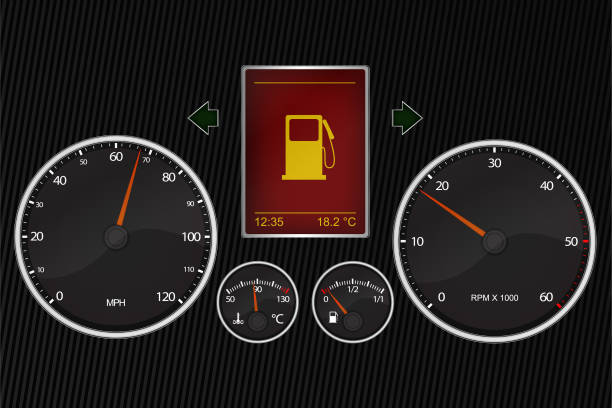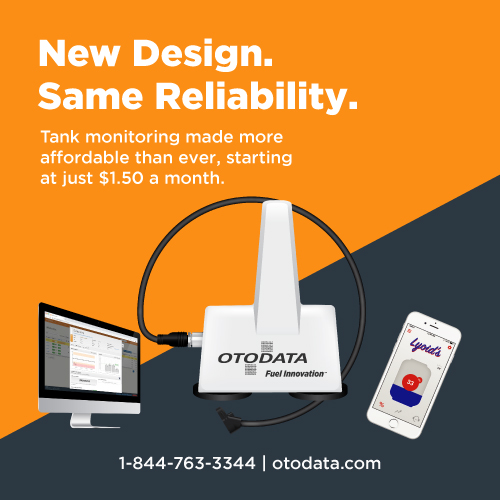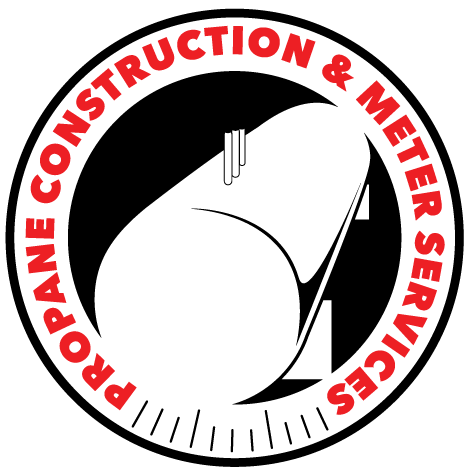Enhancing Propane Delivery with Fleet Telematics

Optimizing Operations Through Advanced Vehicle Technology
In the competitive world of propane delivery, leveraging fleet telematics stands as a game-changing strategy. This advanced vehicle technology streamlines operations and significantly improves service efficiency and customer satisfaction. Let’s look at the benefits of integrating telematics into propane delivery fleets as well as steps for successful implementation.
The Power of Telematics in Delivery
Fleet telematics systems use GPS and onboard diagnostics to collect and transmit vehicle performance, location, and driver behavior data. This technology provides real-time insights that can transform propane delivery operations in several ways. These benefits include:
Enhanced Route Optimization
Dynamic Routing: Telematics enables dynamic routing, allowing dispatchers to adjust delivery routes in real time based on traffic conditions, delivery priorities, and unexpected changes, reducing fuel consumption and delivery times.
Improved Fleet Efficiency
Maintenance Alerts: Real-time diagnostics help predict maintenance needs, preventing breakdowns and prolonging vehicle life. Scheduled maintenance based on actual vehicle usage rather than fixed intervals can significantly reduce downtime and maintenance costs.
Fuel Usage Monitoring: By tracking fuel consumption patterns, propane businesses can identify areas for improvement, reduce unnecessary idling, and implement strategies to lower fuel costs.
Driver Safety and Performance
Monitoring Driver Behavior: Telematics systems can track driving patterns, such as speeding, harsh braking, and rapid acceleration, allowing for targeted driver training programs to promote safer driving habits.
Enhanced Safety Features: Some telematics solutions include safety features like collision alerts and emergency response, providing added protection for drivers and reducing the risk of accidents.
Increased Customer Satisfaction
Accurate Delivery Estimates: With real-time tracking, propane companies can provide customers with exact delivery times, enhancing service reliability and trust.
Proactive Service: Telematics data can inform customers about potential delivery delays or schedule changes, thereby improving communication and the overall customer experience.
Steps for Implementing Fleet Telematics
1. Assess Needs and Goals: Determine what you aim to achieve with fleet telematics, such as reducing fuel costs, improving delivery efficiency, or enhancing driver safety.
2. Choose the Right Provider: Select a telematics provider with features and support tailored to your needs. Consider scalability, user-friendliness, and integration capabilities with existing systems.
3. Train Your Team: Ensure drivers and dispatchers are thoroughly trained using the telematics system. Highlight the benefits to gain their buy-in and cooperation.
4. Analyze and Act on Data: Regularly review the data collected to identify trends, inefficiencies, and areas for improvement. Use these insights to refine operations and achieve your business goals.
5. Monitor and Adjust: Telematics is not a set-and-forget solution. Continuously monitor system performance and stay updated on new features or technologies that could further optimize your fleet operations.
Driving Forward with Telematics
Integrating fleet telematics into propane delivery operations offers a pathway to enhanced efficiency, safety, and customer satisfaction. By harnessing the power of real-time data and insights, propane businesses can streamline their delivery services and secure a competitive edge in today’s fast-paced market. As technology evolves, staying at the forefront of telematics innovations will be sure to drive success in the propane delivery industry.
















